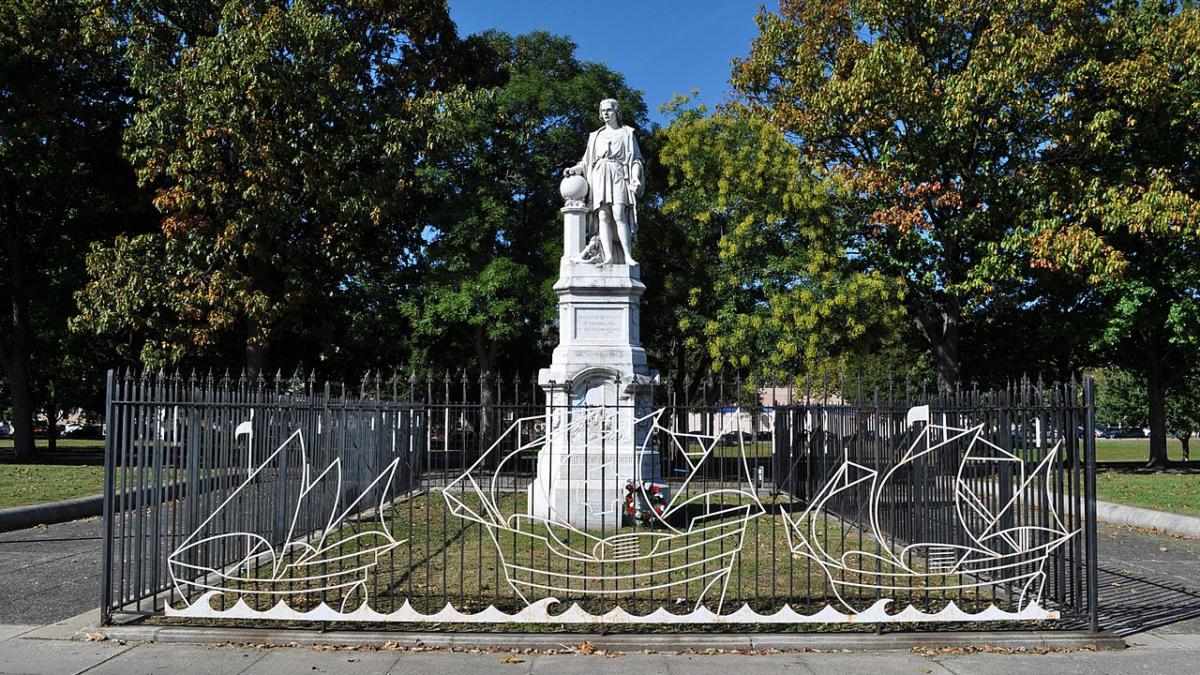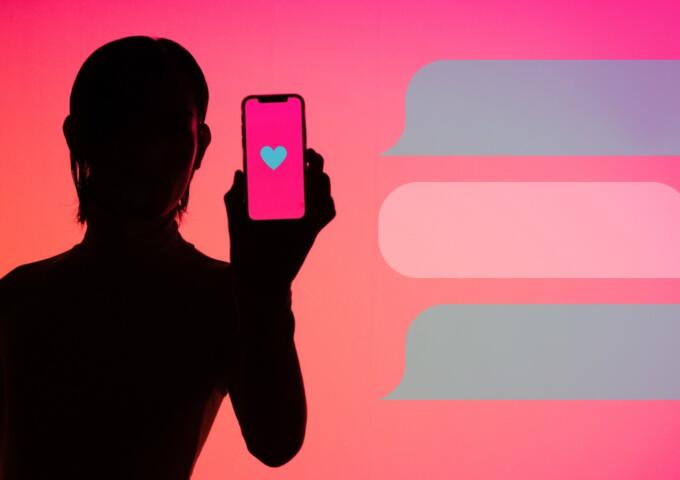“Get the fuck out of my neighborhood!”
This was the clear scream from a middle-aged man from behind a police barricade. During the weekend of June 14, a group varying between 100 and 400 mostly white South Philly residents took up arms and set off to “protect” a statue of Christopher Columbus. As similar statues of controversial figures toppled nationwide in the name of racial equity, Italian-Americans claimed to feel discriminated against. In reality, the weekend’s events had little to do with Columbus and more to do with a population that fears change.
Philadelphia is one of the most segregated major cities in America. According to a study from the Brookings Institute, 67 percent of Black residents would need to move to a different neighborhood to be fully integrated with other races in Philly.
Redlining practices that began in the wake of the Great Depression and carried on for decades explicitly segregated residents of Philadelphia by race. The Home Owners’ Loan Corporation (HOLC), which worked to keep houses from foreclosing under the New Deal, was created to prevent people from becoming homeless, but it also managed to bake segregation into the neighborhoods of Philadelphia.
Ask any South Philly historian and they’ll tell you about how the Italians, Irish, and African Americans were all put in South Philly. At the time of the New Deal, South Philly was deemed “hazardous” by the HOLC and the Federal Housing Administration was more likely to give those houses to European immigrants and African Americans.
Today, the divide remains.
As early as 1938, Black Americans were aware of these practices, as one Los Angeles Sentinel article laments “Americans who have been protesting Hitler’s despicable plan to herd German Jews into ghettos will be surprised to learn that their own government has been busily planning ghettos for American Negroes through the Federal Housing Authority.” These issues persisted nationwide spurring “white flight” away from cities encouraged by the federal government. This explains why sections of Philadelphia, like Northeast Philly, remain primarily white.
In 1968, riots following the assasination of Martin Luther King Jr. pressured President Lyndon B. Johnson to sign the Fair Housing Act as an add-on to the Civil Rights act of 1964. Until 1968, outright racism perpetuated by the American federal government seared segregation into the foundation of American life. Housing is often viewed as a monolith, but segregation is a beast with many heads.
In America, the neighborhood you are raised in directly correlates with your likelihood of success. Your neighbors’ income dictates how well-funded your child’s school is, the funding of that school then dictates the quality of a child’s education and the cycle continues.
South Philadelphia neighborhoods remain extremely segregated. Girard Estates, a largely Italian American pocket of South Philly, is 91.8 percent white, and Packer Park isn’t far behind at 80 percent white, per US Census Data. On the other hand, poorer neighborhoods like Point Breeze, Grays Ferry, and Southwest Philadelphia, are about 70 percent Black.
Marconi Plaza, home of the Christopher Columbus statue, sits in the dead center of these neighborhoods. As Black Lives Matter protests became an everyday event, people throughout the area became fearful that looting, rioting and violence would enter their white neighborhoods. This was evident on June 2 when mostly white residents gathered to prevent their local Target superstore from being damaged.
The very next day, the City of Philadelphia woke up to learn that an infamous statue of former mayor Frank Rizzo had been removed from City Hall. To some South Philly Italians, removing the Rizzo statue was a personal attack to their identity. Many Philadelphians remember Rizzo as a racist who told voters to “vote white” and encouraged Philly police to use excessive force, but South Philly Italians see him as a no-nonsense tough guy who stood up – for them.
From 1990 to 2010, more than 260,000 white residents left Philadelphia. For context, Madison, Wisconsin, has a population of about 260,000. One of the areas that experienced the most dramatic population shift was Southwest Philly. Coincidentally, during that same time period black culture became mainstreamed, hip-hop became pop music, and America elected its first Black president.
Much like Frank Rizzo, white residents of South Philadelphia gave up on the Democratic Party as it began to signal race in politics and failed to address their needs. In 2016, there was a dramatic shift in mostly white neighborhoods (South and Northeast Philly) to vote for Donald Trump.

Feelings of resentment toward an ineffective Democratic Party and the blackness of popular culture, along with major demographic shifts visible in their everyday lives led South Philly Italians to the Christopher Columbus Statue on June 13. Racial anxiety and sincere anger toward groups like “Black Lives Matter” have been festering for years among white Americans who feel left behind.
My mother was born in South Philadelphia, and every Sunday my family would drive from Feasterville down I-95 to my grandfather’s house on Daly Street. Over time, I witnessed these changes; my uncle went from “Yes We Can” to “Make America Great Again.” Years later, I now live in South Philly in a predominantly Black neighborhood.
The truth is, all of South Philadelphia has been left behind. Years of ineffective governance and corporations reaching to maximize profits have left the majority of America behind. In June 2020, the response of many Americans to the significant amount of injustice in the world was to stand together with the Black Lives Matter movement; to South Philly Italians this was salt in the wound.
On Sunday, June 14, hundreds of white South Philadelphia residents congregated at the statue of Christopher Columbus to prevent it from being torn down. Armed with knives, bats, guns, and a myriad of blunt objects, they stood there, waiting for someone to let out their anger. The “statue protectors” were out bright and early, drinking like it was a Phillies tailgate.
Not one word was spoken about the merits of Christopher Columbus. The South Philly Italians sang “Happy Birthday” to Donald Trump, begged counter-protesters to fight them, and assaulted a number of people. The Philadelphia Police stood idly by as the South Philly residents got drunker and drunker. Multiple times things got violent. A journalist from Unicorn Riot was chased into the street and attacked, one man in a Frank Rizzo shirt smacked a counter-protester in the direct view of police officers, and little to nothing was done.
This weekend in South Philadelphia was an expression of ignorant white anger. White residents of South Philly have felt that their lifestyle and identity have been under attack for decades, scared of changing times. The Christopher Columbus statue became a symbol for this. Eager for a fight, hundreds of South Philadelphians walked to Marconi Plaza only to be greeted by 50 to 100 counter protesters and no threat to the statue.
No one in Philadelphia actually cares about Christopher Columbus. Saturday and Sunday were simply the boiling point for a chunk of the population desperate for a win in the culture war.




